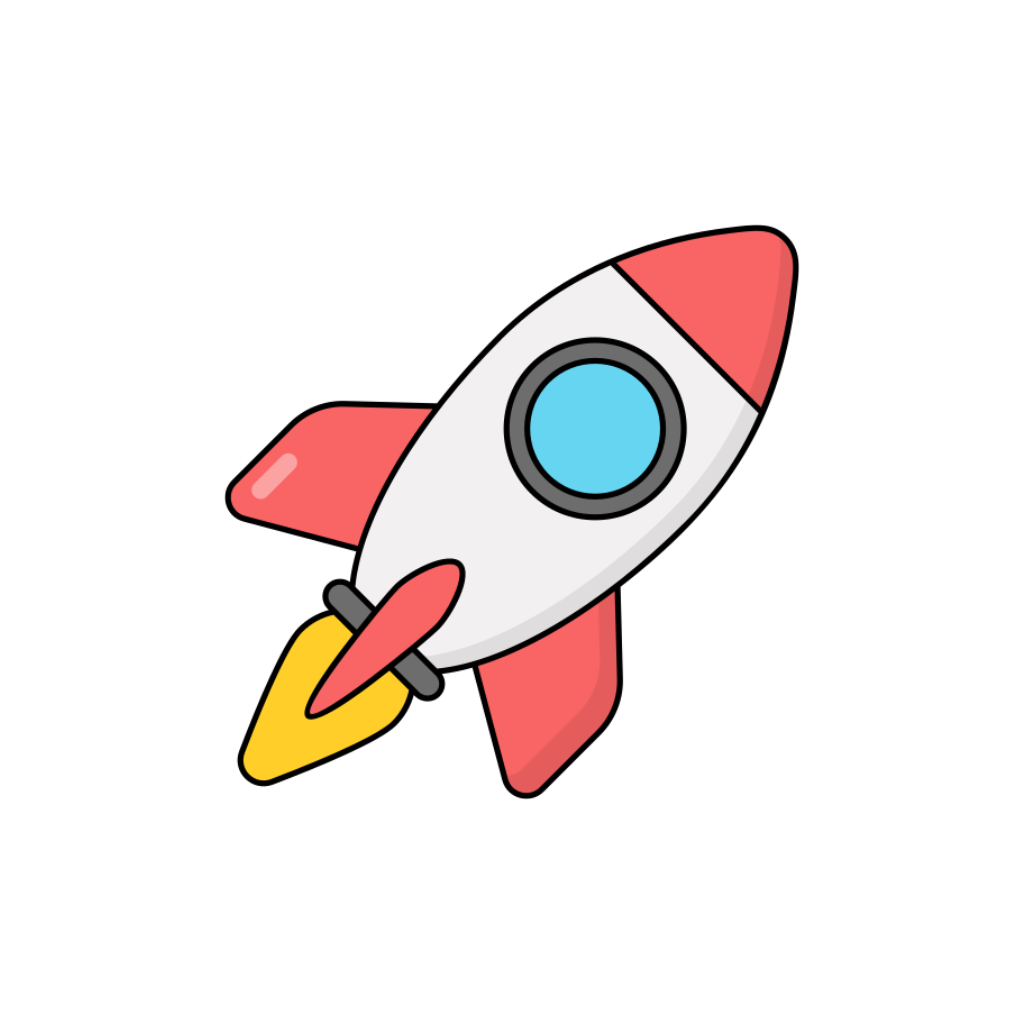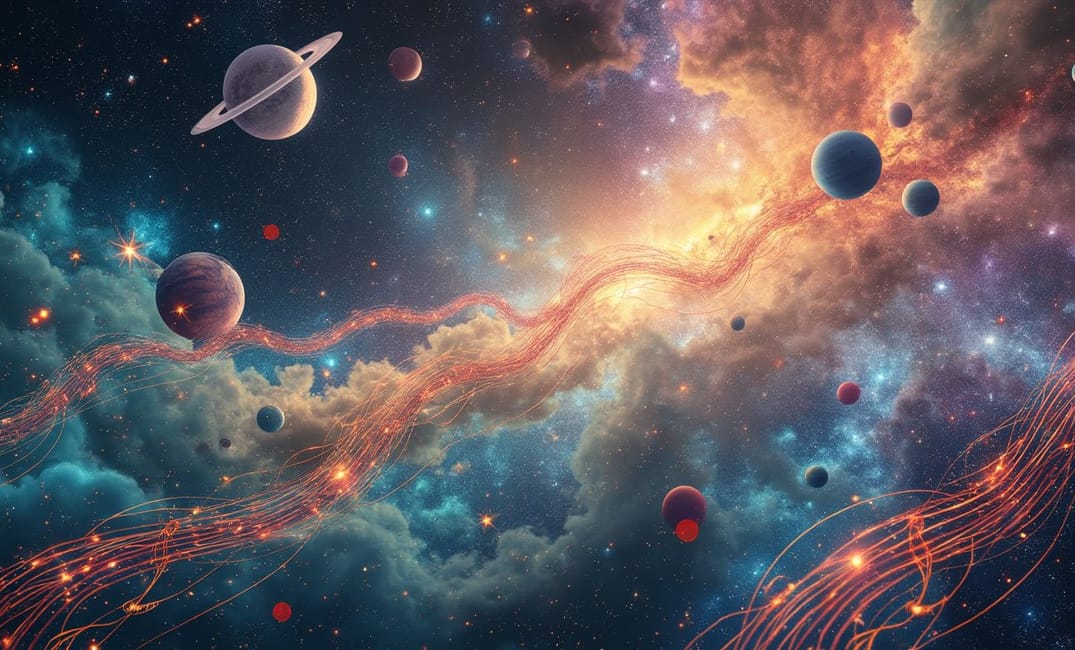Introduction to the Role of Creativity in Human Development
Creativity is the heart of human expression and innovation, wielding immense power to transform, inspire, and transcend limitations. Through creativity, humanity has crafted art, music, literature, science, and technology, leaving indelible legacies across civilizations. It fuels the exploration of ideas, nurtures emotional depth, and fosters cultural evolution. Amidst the stars, as humanity's journey continues beyond its lost home, creativity remains an essential beacon of identity and resilience. This entry delves into the essence of human creativity, exploring its origins, its role in shaping history and culture, and its lasting influence on human progress and adaptation.
The Origins of Human Creativity
Creativity roots itself in the innate human drive to explore, understand, and express the complexities of existence.
The Dawn of Human Expression
- Artistic Beginnings in Prehistoric Times: The earliest expressions of creativity manifested in prehistoric art, such as cave paintings, carvings, and sculptures, illuminating a deep connection with nature and spirituality. These artifacts served as communicative tools, documenting experiences, beliefs, and events, reflecting profound communal and individual expression.
- Symbolism and Early Communication: Symbols and representations found in ancient artifacts suggest the early development of complex communication systems that transcended verbal limitations. This era saw the birth of storytelling, myth-making, and an understanding of the world that shaped cultural identities and bridged generations.
The Evolutionary Significance of Creativity
- Survival and Adaptation: Historically, creativity played a pivotal role in human survival, leading to innovative solutions in tools, shelter, and strategies for overcoming environmental challenges. This adaptability and resourcefulness expanded humanity's reach across diverse geographies, driving significant evolutionary advantages.
- Cultural Divergence and Identity: As societies diverged, creativity fostered distinct cultural identities through unique art forms, traditions, and innovations. This cultural diversity enriched human experience, facilitating resilience and adaptability to the varied challenges encountered by civilizations.
The Interplay Between Creativity and Society
Creativity interacts dynamically with societal structures, influencing history and shaping cultural landscapes in profound ways.
Art and Societal Reflection
- Renaissance Art and Humanism: The Renaissance period exemplifies creativity’s power to redefine worldviews. Art, literature, and science flourished, driven by Humanism's emphasis on individual potential and achievement. Figures like Leonardo da Vinci and Michelangelo explored human form and emotion, leading to a cultural rebirth that celebrated beauty, knowledge, and exploration.
- Impressionism and Social Change: Movements like Impressionism broke away from traditional structures to explore new perspectives, techniques, and subjects, reflecting wider societal shifts. Artists such as Monet and Degas captured fleeting moments and emotional depth, encapsulating the period's rapid transformations and challenging conventional norms.
Creativity as a Catalyst for Political and Social Movements
- The Power of Satire and Critique: Throughout history, creativity has served as a conduit for political expression and societal critique. Satirical works, from Jonathan Swift's "A Modest Proposal" to modern political cartoons, illuminate injustices, question authority, and stimulate public discourse and reform.
- Music and Revolutionary Spirit: Music’s emotive power fuels revolutions and movements for change—folk songs during the American Civil Rights Movement, punk rock's rebellion against authority, and profound anthems of freedom and unity. These creative expressions resonate with collective aspirations and deepen the impact of activism.
Creativity’s Impact on Knowledge and Innovation
Creativity intersects with science and technology, spurring discovery, innovation, and a deeper understanding of the universe.
Scientific Exploration through Creative Thinking
- Einstein’s Imagination and Theoretical Physics: Albert Einstein famously credited imagination as essential to scientific discovery. His ability to visualize complex concepts, such as the theory of relativity, broke new ground in theoretical physics and reshaped humanity’s understanding of space-time and cosmology.
- Leonardo’s Visionary Inventions: Leonardo da Vinci epitomized the artist-scientist, harnessing curiosity and creativity to design visionary inventions—from flying machines to architectural innovations—uniting art and science in a pursuit of knowledge and technological progression.
Technological Innovation and Creative Problem Solving
- The Digital Revolution: At the heart of the digital revolution lies creativity in reimagining communication and information-sharing. The innovation of the internet, personal computing, and AI arose from creative problem-solving, fundamentally altering human society and global connectivity.
- Design Thinking in Modern Business: Design thinking methods epitomize creativity applied to business innovation. By centering on empathy and user-experience, companies innovate products and services, shaping market landscapes and user engagement strategies.
Creativity and Its Role in Personal Development
Beyond societal and technological influence, creativity nurtures personal growth, emotional depth, and self-discovery.
Artistic Expression and Mental Well-being
- Healing and Expression Through Art Therapy: Art serves therapeutic roles, facilitating emotional expression and healing. Creative outlets in art therapy empower individuals to explore emotions, process trauma, and foster resilience, contributing to mental health and well-being.
- Narrative and Self-Understanding: Writing and storytelling provide powerful tools for self-reflection and understanding. Engaging in narrative creation enables individuals to process experiences and articulate identity, promoting personal growth and empathy.
Education and Cultivation of Creative Skills
- Fostering Creativity in Learning Environments: Embracing creativity in education nurtures critical thinking, innovation, and adaptability. Project-based learning, STEAM initiatives (Science, Technology, Engineering, Arts, Mathematics), and experiential education encourage exploration, collaboration, and inventive problem-solving.
- Encouraging Lifelong Curiosity: Creativity extends beyond formal education, nurturing intrinsic curiosity and lifelong learning. Engaging with diverse artistic and intellectual experiences fosters continuous growth, adaptability, and a passion for exploration—key traits for navigating an ever-evolving cosmos.
The Endless Potential of Human Creativity
As humanity drifts within interstellar space, creativity's enduring potential remains a beacon of hope and a conduit for connection and expression.
Creativity in Shaping Future Cultures
- Establishing Identity Among the Stars: As humans contemplate new worlds, creativity provides foundation stones for emerging cultures, interweaving art, tradition, and innovation in defining identity and belonging across cosmic frontiers.
- Fostering Cosmic Connections: Creativity serves as a universal language bridging diverse existential realms. It catalyzes dialogue, collaboration, and shared experiences across cultures and species, nurturing bonds that transcend the vast expanse of space.
Creating New Narratives and Inspirations
- Inspiring Future Generations: Creative narratives fuel inspiration, guiding cosmic explorers to imagine uncharted possibilities and aspire toward dreams yet unseen. Storytelling preserves legacy and empowers newcomers to envision future pathways.
- Art as Consciousness Perception: Art offers unique vantage points, reshaping consciousness and awakening spirituality. As humanity mingles with celestial wonders, art’s transformative nature symbolizes infinite creativity within the arched grandeur of starlit corridors.
Conclusion: Creativity as Humanity's Cosmic Legacy
Creativity endures as a luminous beacon among the stars, safeguarding the essence of human spirit, innovation, and resilience. As humanity braces for tomorrow’s cosmic horizons, creativity perpetuates a compelling narrative of possibility, expressing the infinite depths of collective consciousness and imagination.
"Amidst the silence of the cosmos, creativity lights our paths, crafting worlds through imagination, beckoning dreamers toward undiscovered realms. Let the artistry of human ingenuity eternally echo among celestial constellations, unveiling the infinite potential that resides within our creative pursuits."
ART, CREATIVITY, CULTURE, HISTORY, PERSONAL GROWTH, HUMAN EXPRESSION, INNOVATION, SCIENCE, TECHNOLOGY, SOCIETY

